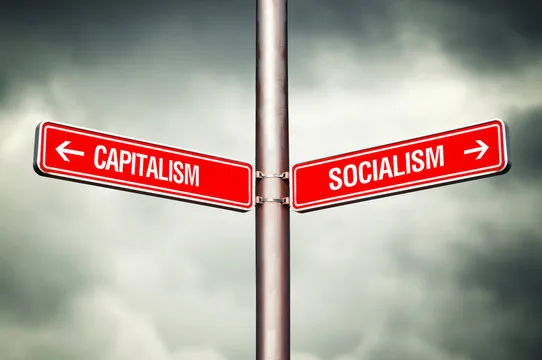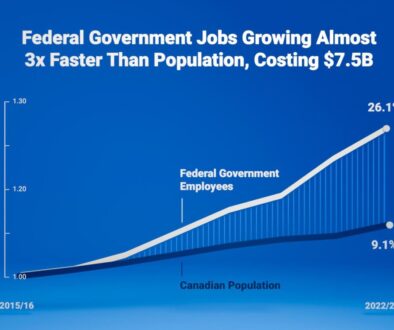A few reflections on socialism, and communism
My economics professor used to say that to describe Communism as Socialism was an error, because Communism was actually State Capitalism. A much better definition in my mind, and so much closer to what it was, and what the WEF is trying to promote today.
There can be a variety of degrees of “socialism”. This is the critical point to remember. Let me give as one sample the story of one small central European country where my parents reached adulthood in the interbellum period between the end of WW1 and the start of WW2. As educated professionals, and definitely members of the upper middle class, they were certainly not communists, as Americans might wish to describe them. But they voted for the more moderate socialist party.

Czechoslovakia of the 1920’s and 30’s had separated from Austria Hungary in 1918, and formed a new republic. Much of its idealism was the influence of the first president, who developed the constitution, and guided the direction of the new state. Professor Tomas Masaryk was a Slovak born academic, who was already known in international political circles during world war 1. His American Quaker wife was also a strong influence on his thinking.
So what was the political direction of this new state? Here I have only the discussions with my parents to guide me, but as these were my father’s university years — he studied architecture — they were educated and politically aware.
Let me mention some of the main characteristics.
First private enterprise was strongly encouraged, as was national self-sufficiency in food production and other fields of production. As one example, the 1928 Tatra car was novel with its engine in the rear design. Volkswagen copied this in the 1930s much loved “Beetle”.
Excess profits at the highest levels, however, were clawed back through taxation. This allowed the state to offer universal medicare, and although it was spartan, it was effective. It was, however, a dual system, in that you could pay for private medical care if you had the income.
Education was free to the end of secondary school, but students who were excellent, but from poor families had their tuition fees cancelled.
Everyone paid into a state pension fund. I guess it was like the Canadian Canada Pension Fund, but more generous. Corporations paid into it as well for their employees, so if the company ceased to exist, the employees weren’t stuck without support. The levels of pension payout differed. As mother explained it, if you had a strenuous and dangerous job, as for example coal miners, you could retire earlier, and get a higher pension. She stressed that intellectual workers, like her father, got the same higher rate as the coal miners. I thought this was quite different, but fair!
What I am trying to illustrate by this brief example is that there are different levels of socialism. We used to call it a “mixed system” in the old days in Canada. Had it not been for Tommy Douglas’ NDP, Canada would not have the Canada Pension Plan, or universal medicare. The latter has been gutted in the last 25 years, but when first instituted it worked well. Today with the huge influx of immigrants our services like medicare are grossly underfunded. Probably to hide that massive immigration at the current scale is a drag on the economy, not a benefit. The only benefit is vote getting for the ruling party!
Today names like “right” and “left” “liberal” and “conservative” are being deliberately confused. Sort of like “black is white:”, and “left is right”. What we are seeing, however, under the misnomer of democracy is the WEF moto: “You will own nothing, and be happy”. This is simply paraphrasing communism, where everything down to the corner grocery was owned by the state!
And of course, no one was happy, because such a system can’t, and didn’t work, whether you call it left or right, democracy or communism! Or even socialism!
NN



